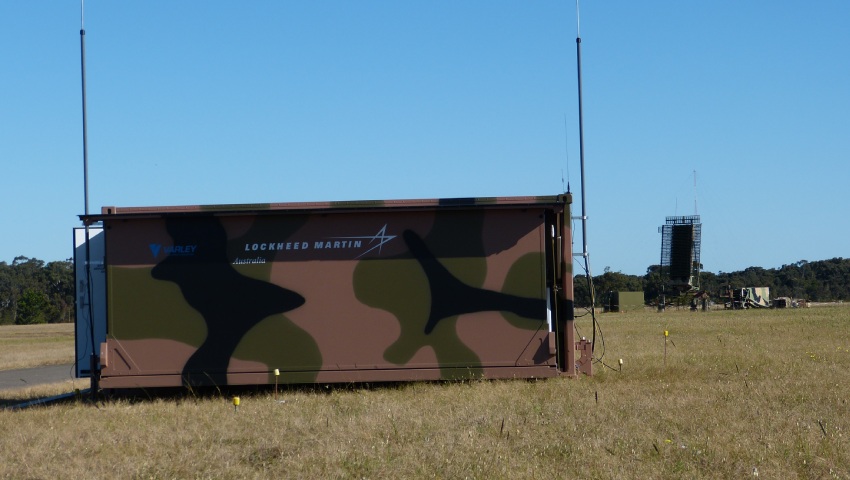The defence contractor has facilitated the sharing of real-time data from its fifth-generation fighter jet’s virtual weapons system during a joint military exercise between the US and Australia.
Lockheed Martin has revealed its F-35 Lightning II and Virtual Aegis Weapon System (VAWS) shared real-time sensor data with non-F-35 platforms outside the US during Exercise Talisman Sabre 21 (TS21) in July.
The data was transmitted via the F-35’s multi-function advanced data link (MADL), from Fort Worth, Texas to the US Indo-Pacific Command in Honolulu, Hawaii, before being relayed to the Australian Defence Force.
The demonstration aimed to support strategic objectives outlined in the Pacific Deterrence Initiative, which includes the use of large-scale exercises to pursue innovative experimentation in a bid to bolster joint all-domain information sharing capabilities.
“With this demonstration, the F-35 has proven that its sensor fusion capabilities make it the most advanced node in the 21st century warfare network-centric architecture,” Bridget Lauderdale, Lockheed Martin vice president and general manager of the F-35 program, said.
“We are proud to deliver on the expectations of our customers in the Indo-Pacific Command theater and in Australia, and look forward to working with them to build on the capabilities the F-35 has proven thus far.”
The F-35 is billed as the only fighter jet with the ability to reach into austere environments to provide critical real-time information to allied partners.
The sharing of real-time data during TS21 was the second time Lockheed Martin used the multinational exercise to test cutting-edge capability.
TS19 involved experimentation to enhance kill webs — a multitude of sensors designed to collect, prioritise, process, and share data, for fusion into a continuously updated display of information for joint forces.
The global F-35 fleet is averaging around 70 per cent mission capable rates.
Since the program commenced, over 690 aircraft have been delivered and are operating from 21 bases around the world, with more than 1,460 pilots and 11,025 maintainers trained and 430,000 cumulative flight hours surpassed.
The Commonwealth government has ordered 72 F-35A aircraft under the Joint Strike Fighter program
All 72 aircraft are expected to be fully operational by 2023, with an option to expand the fleet to a maximum of 100 aircraft.
[Related: Lockheed Martin secures new F-35 sustainment contracts]








